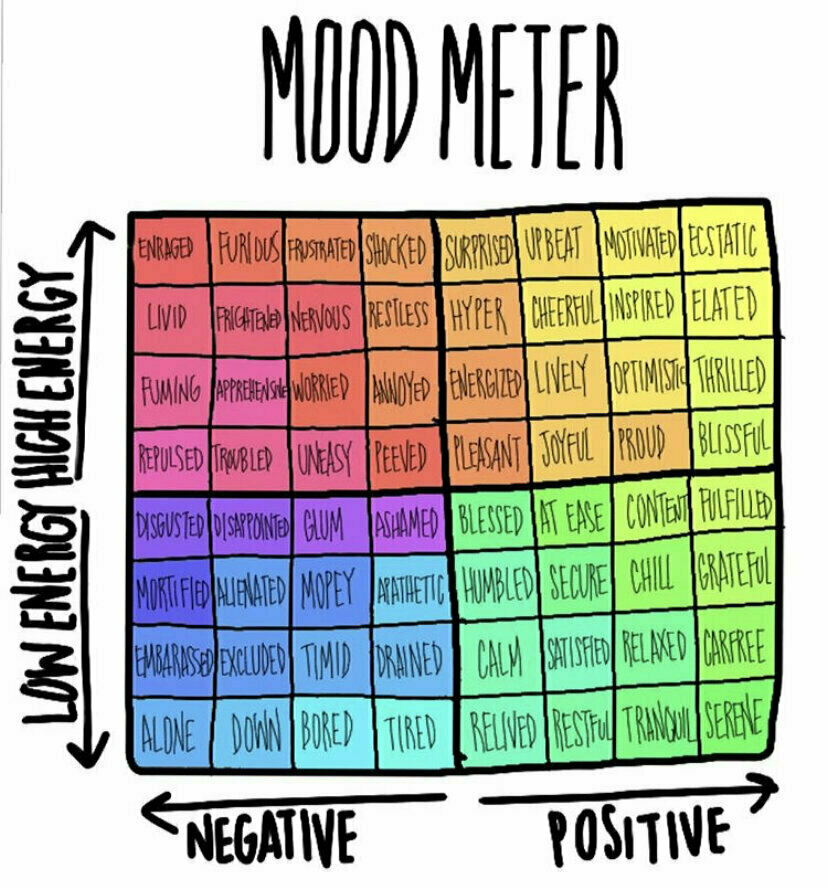Communication Basics: A.T.T.U.N.E. to Bids
Connection is an essential element of healthy relationships. And connections start with bids. Dr. John Gottman calls a bid “the fundamental unit of emotional communication”. Bids “can be a question, a gesture, a look, a touch.” Here are few things to know about bidding, according to Dr. Gottman, as found in The Relationship Cure and other writings.
Clear Bidding vs Fuzzy Bidding
Clear bidding strengthens relationships. Fuzzy bidding downgrades the possibility for connection, and usually occurs in order to avoid emotional risk. Gottman gives an example of a woman asking: “Would you hold me for a while?” This is a clear bid. But “It feels kind of cold in here don’t you think?“ is a fuzzy bid. It might result in him getting her a blanket. She avoids being hurt by a “no”, but doesn’t get what she really wants and can feel hurt about that.
3 ways to respond to a bid
There are three possible responses to a bid. You can turn toward, turning against, turn away.
- Turning toward: a positive emotional response
- Turning against: a negative emotional response
- Turning away: a non-response
Good relationships involve lots of emotional connection, which is made by turning toward bids as much as possible, with good dollops of playfulness and enthusiasm. Playfulness and enthusiasm are important because these are “how we express delight in the other person.”
“Bid Busters”, as Gottman calls them, include:
- Being mindless instead of mindful
- Starting on a sour note
- Harsh criticism instead of constructive criticism
- Flooding
- Having a crabby mind instead of a thankful mind
- Avoiding conversations you need to have
Bust the bid-busters by learning to ATTUNE
“I’ve come to see this connection with the other person as the bedrock of communicating.” — Alan Alda
To avoid and overcome bid-busters, Gottman says you must attune to the other person.
A-attend (undivided attention)
TT-turn toward (physically)
U-understand (attempt to understand what they are saying and why it’s important to them)
N-nondefensively listen (two ears, one mouth; listen twice as much; don’t interrupt)
E-empathize (U-“understand” is the intellectual part, this is the emotional part; discern what the other person feels and why; emotions, even painful ones, are opportunities for intimacy and connection)
If you want to know more about why this works and build your skills of attunement. I’d suggest you do the following.
Attune to God. “…behold, a bright cloud overshadowed them, and a voice from the cloud said, “This is my beloved Son, with whom I am well pleased; listen to him” (Matt 17:5). Start by learning to attune to God through his word and works. Nothing is more important than “hearing with faith” (Galatians 3v2, 5). “…behold, a bright cloud overshadowed them, and a voice from the cloud said, “This is my beloved Son, with whom I am well pleased; listen to him.”
Read Alan Alda’s book, If I Understood You, Would I Have This Look on My Face?” and play the improv games he suggests. He shows how to listen with your eyes as well as our ears. Alda introduces his ideas in his 2015 interview with Diane Rehm.
Work through the chapters of Gottman’s book, The Relationship Cure that cover bidding. Much of the content from Gottman in this post comes from this book.
Learn about emotions from a Christian perspective.
Get attuned to your own emotions. One way to do this is to strengthen your ability to identify and name your emotions. One of the best ways to do this by using the Yale Mood Meter. Take Yale’s free online 10 hour emotions class to dig deeper.
 Image Source: @the_kid_factory on Instagram
Image Source: @the_kid_factory on Instagram